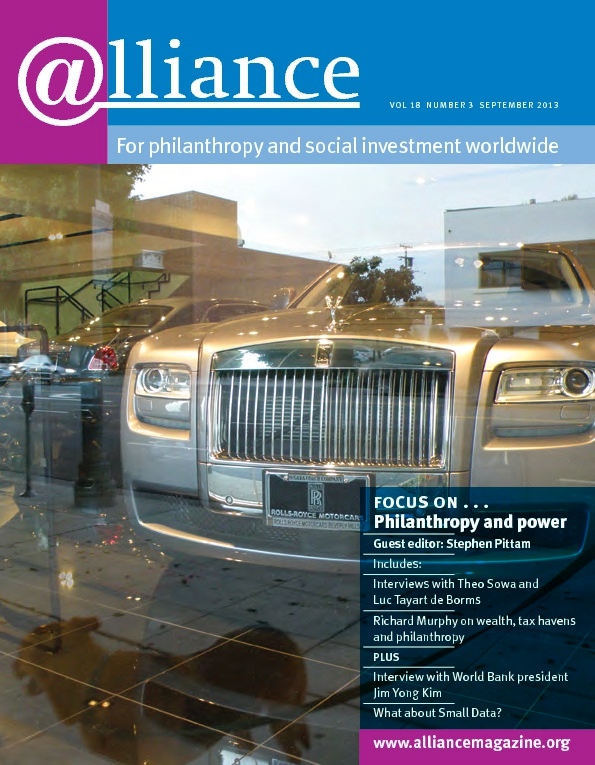A pioneer of mission investing, the F B Heron Foundation is planning to take the approach to its logical limit. Over the next five years, it will fully invest its $274 million endowment to advance its mission to combat poverty by investing its assets in enterprises that provide jobs and contribute to a more balanced economy.
 As part of what F B Heron president Clara Miller calls ‘a more active investing posture’, the foundation has done away with the sharp distinction between grants and investments, reorganizing its staff into a single group, the capital deployment team, which vets potential grants and investments for the foundation. Heron is agnostic about industry and tax status: it has made or is considering growth capital investments for non-profits and for-profits working in the housing industry, home healthcare, manufacturing and community banking. As an example, Heron recently made an equity investment of $1 million in Ecologic Brands, a private for-profit company that produces environmentally friendly packaging (pictured) in a California town with high unemployment.
As part of what F B Heron president Clara Miller calls ‘a more active investing posture’, the foundation has done away with the sharp distinction between grants and investments, reorganizing its staff into a single group, the capital deployment team, which vets potential grants and investments for the foundation. Heron is agnostic about industry and tax status: it has made or is considering growth capital investments for non-profits and for-profits working in the housing industry, home healthcare, manufacturing and community banking. As an example, Heron recently made an equity investment of $1 million in Ecologic Brands, a private for-profit company that produces environmentally friendly packaging (pictured) in a California town with high unemployment.
Instead of making continuing grants for general support, as it did in the past, the foundation is now making larger, one-time ‘growth capital’ investments, in concert with others, that will take an enterprise to a new level of performance and size.
What is behind the new approach? When Miller took over as president in 2011, US poverty rates were at their highest levels in decades. In some cases, the anti-poverty approaches Heron supported, such as home ownership as a way to build family wealth, had worked against the people the foundation was trying to serve. The foundation therefore reviewed its approach and decided that in the new economic climate, a job and reliable income were the key to moving out of poverty. Heron should therefore concentrate its investing on enterprises that provide and maintain jobs.
Can they sustain the approach and will others follow? Tony Berkley, director of mission-driven investing at the W K Kellogg Foundation, feels that ‘while many of us will be cheering for them’, few are likely to follow. He estimates that for Heron to continue operating as a private foundation, its endowment must earn at least 8-10 per cent a year to cover the 5 per cent grants payout, the cost of investing and inflation – quite a challenge in a tough economic climate. Miller is more sanguine. Heron is building sophisticated financial models to help it balance the focus on impact, investment returns, payout requirements and liquidity, she says. ‘We expect to be able to continue the foundation as long as poverty is a problem that needs to be solved.’
Source
Chronicle of Philanthropy, 19 May 2013
For more information
http://www.fbheron.org



Comments (0)